Practise word recognition with our set of 8 Dolch Sight Word Lists.
What are Sight Words?
Sight words, also known as high-frequency words, are common words that appear frequently in written text, particularly in children’s literature. These words often do not follow regular phonetic patterns, making them difficult to decode using phonics alone. Instead, they are typically recognized by sight, hence the term ‘sight words.’
Sight words are often taught explicitly in early literacy instruction because of their high occurrence and importance for reading comprehension and fluency. While there isn’t a universal list of sight words, common examples include words like ‘the,’ ‘and,’ ‘is,’ ‘to,’ ‘he,’ ‘she,’ ‘said,’ ‘was,’ ‘are,’ ‘you’ and ‘that.’
The rationale behind teaching sight words is to help students develop automatic recognition and fluency with these frequently occurring words. By memorising sight words and recognising them instantly upon seeing them, students can read more smoothly and comprehend text more effectively.
How Many Sight Words are There?
The exact number of sight words can vary depending on the source and criteria used to define them. However, two commonly referenced lists of sight words are the Dolch sight word list and the Oxford sight word list.
This download uses the Dolch sight word list which typically consists of about 220 words divided into various levels of difficulty. These words include common nouns, verbs, adjectives, and adverbs.
We have included the following 8 Dolch Sight Word Lists in this download:
- Dolch Sight Words List – Pre-Primer
- Dolch Sight Words List – Primer
- Dolch Sight Words List – Year 1
- Dolch Sight Words List – Year 2
- Dolch Sight Words List – Year 3
- Dolch Sight Words List – Nouns
- High-Frequency Words
- Commonly Misspelt Words
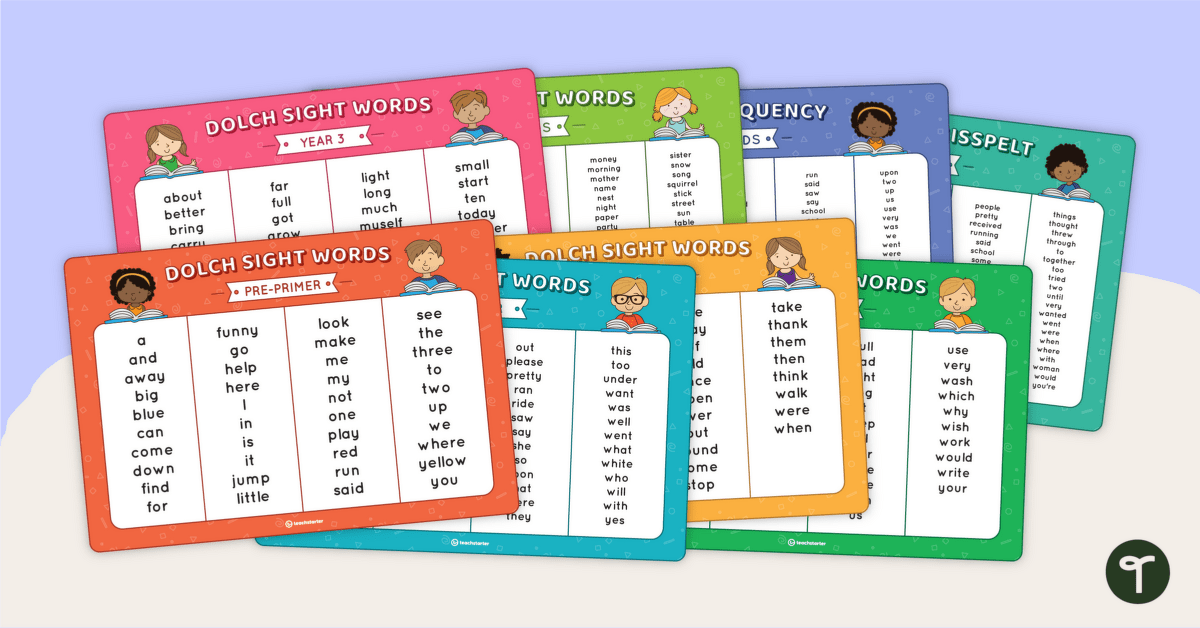


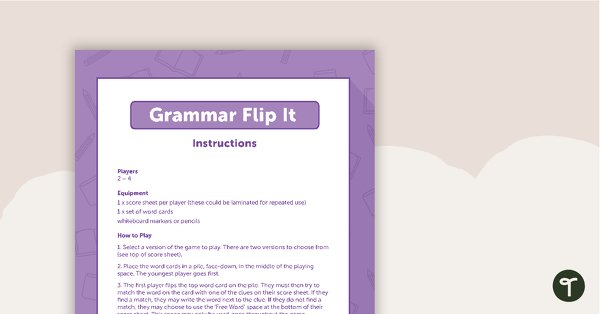

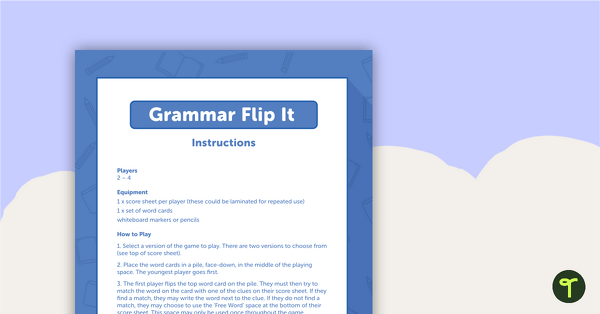



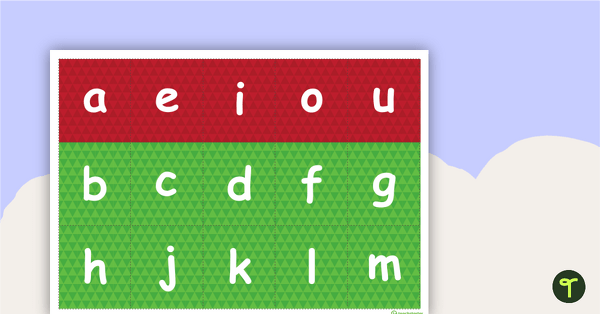
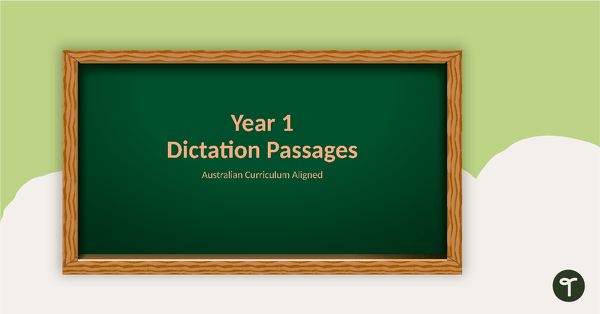
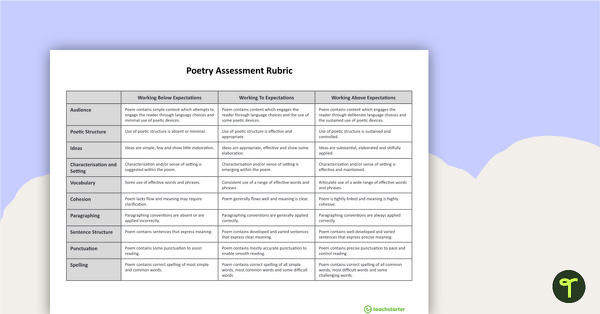
0 Comments
Write a review to help other teachers and parents like yourself. If you'd like to request a change to this resource, or report an error, select the corresponding tab above.